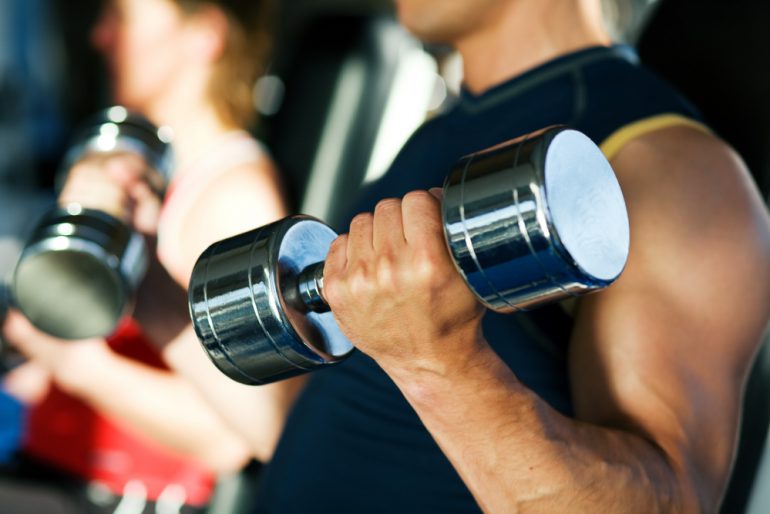Is Weight Bearing Exercise Safe For Your Ageing Bones? Here’s What Expert Says
Maintaining bone health is crucial as we age, with weight-bearing exercises playing a key role. Activities like walking, jogging, and dancing strengthen bones, improve balance, and enhance overall health. We got in touch with a health expert who shares tips which exercises you should do. Read on to know more.
As we age, maintaining bone health becomes increasingly vital. A natural decline in bone density raises the risk of conditions like osteoporosis and fractures. One effective way to combat this decline is through weight-bearing exercise, which has been shown to strengthen bones, improve balance, and enhance overall physical health. This form of exercise is a key component of a healthy ageing regimen.
Bones are living tissues that continuously break down and rebuild. Until around the age of thirty, the body generates more bone than it loses. However, once peak bone mass is reached, bone density can begin to decrease. Factors such as hormonal changes, diet, lifestyle, and genetics can accelerate this process. Postmenopausal women are particularly vulnerable due to a significant drop in estrogen levels, which is crucial for bone health.
But which exercises are suitable for you? To get clarity, we got in touch with Dr Rajesh Verma, Director and HOD, Orthopaedics, Trauma and Spine Surgery, Marengo Asia Hospital Gurugram who shares types of weight-bearing exercises and how they strengthen bones.
What Are Weight-Bearing Exercises?
Dr Rajesh Verma shares that weight-bearing exercises involve activities that make you move against gravity while staying upright. These exercises can be classified into high-impact and low-impact categories, both beneficial for bone health.
High-Impact Weight-Bearing Exercises:
– Running or jogging
– Dancing
– Brisk walking
Low-Impact Weight-Bearing Exercises:
– Hiking
– Jumping rope
– Elliptical training
– Low-stress aerobics
– Stair climbing
How Do Weight-Bearing Exercises Strengthen Bones?
Weight-bearing exercises place stress on bones, prompting muscles and bones to work against gravity. This stimulates osteoblasts, the cells responsible for building bone, to create new bone tissue, thereby increasing bone strength and density over time. Dr Rajesh Verma further explains that these exercises improve muscle coordination and strength, which are crucial in preventing falls, which are a major cause of fractures in the elderly. Better stability and balance reduce the risk of falls, thus lowering the chance of fractures.
Beyond bone health, regular weight-bearing exercise offers numerous other benefits, including:
– Improved Cardiovascular Health: Activities like walking, running, and dancing can reduce the risk of heart disease.
– Weight Management: Regular exercise helps maintain a healthy weight, reducing strain on bones and joints.
– Enhanced Mental Health and Mood: Exercise releases endorphins, which can alleviate symptoms of anxiety and depression and improve overall well-being.
– Increased Strength and Flexibility: Consistent exercise enhances muscle and joint strength and flexibility, essential for maintaining mobility and independence as we age.
Starting Safely
Before beginning any new exercise regimen, particularly if you have been inactive or have health concerns, consult with a health expert. They can help make a customised routine that ensures safe and effective exercise tailored to your specific needs.
Here are some tips to get started:
– Start Slowly: Begin with low-impact exercises like walking or using an elliptical machine if you’re new to exercise. Gradually increase the duration and intensity as your fitness level improves.
– Vary Your Activities: Incorporate a variety of weight-bearing exercises to target different muscle groups and keep your routine engaging.
– Listen to Your Body: Pay attention to how your body responds to exercise. Stop and seek medical advice if you experience any pain or discomfort.
– Include Other Forms of Exercise: Complement weight-bearing exercises with strength training and flexibility exercises like yoga or Pilates for comprehensive fitness and bone health.

